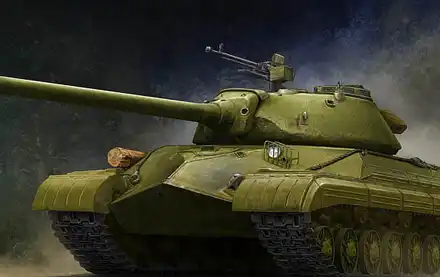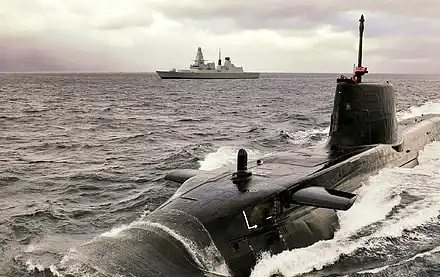




Cesare

The Mirage 2000-5F is an advanced type of the Mirage 2000 series, representing a top achievement of French aviation technology. It was developed by Dassault Aviation and had its first flight in 1991. The fighter jet played a key role in various historical conflicts, notably during the Kosovo War in 1999, where it demonstrated precise ground attack and air-to-air capabilities. The aircraft is equipped with sophisticated weapons including Magic 2 air-to-air missiles and laser-guided bombs, showcasing adaptability and effectiveness in aerial combat and ground support. The Mirage 2000-5F remains a cornerstone of the French Air Force's fleet, embodying advanced technology and proven performance.
History
The Mirage 2000, a fourth-generation multirole supersonic jet, was originally introduced by Dassault Aviation, a prominent French aerospace company, in the late 1970s. With its sleek design and advanced avionics, this aircraft has seen extensive global adoption, with over 600 units produced in various single- and twin-seat configurations, serving in the air forces of nine different countries.
In 1999, an upgraded variant known as the Mirage 2000-5 was introduced, showcasing significant advancements in avionics, weapon systems, and mission capabilities. This modernized version represents a pinnacle of aerospace engineering and has been designed to excel in both air-to-air and air-to-ground combat roles.
Notable features of the Mirage 2000-5 include a sophisticated radar system that provides high-resolution target acquisition, enabling the aircraft to engage multiple threats simultaneously with precision-guided weaponry. The integration of the Thomson-CSF Radar Doppler Multi-target (RDY) has further augmented the aircraft's situational awareness and targeting capabilities, allowing for effective deep-strike missions and close air support in complex operational environments.
The Mirage 2000-5's armament includes a diverse range of air-to-air missiles, such as the advanced Mica missiles with an impressive operational range of up to 60 kilometres, and the versatile Magic short-range missiles, ensuring the aircraft's readiness to counter aerial threats across varying engagement distances. Additionally, the aircraft's capacity to carry drop tanks significantly extends its operational range, enhancing its endurance and flexibility in fulfilling mission objectives.
In the realm of air-to-ground operations, the Mirage 2000-5 can deploy a comprehensive arsenal, including SCALP missiles, known for their precision and effectiveness in striking strategic ground targets, and a variety of guided bombs for surgical strikes with minimal collateral damage. These capabilities position the aircraft as a formidable asset for conducting precise and lethal attacks on ground-based threats.
Presently, the French Air Force maintains an operational fleet of approximately 40 Mirage 2000-5 aircraft, with 26 single-seater configurations actively serving. While these aircraft have played pivotal roles in numerous historical conflicts, their eventual phase-out is anticipated as the French military plans to transition to the more advanced Dassault Rafale, symbolizing a significant leap forward in France's air combat capabilities.
Design
The Mirage 2000-5F ensures its survival through an array of innovative features that greatly improve its ability to evade threats and accomplish missions. One key element is its comprehensive electronic warfare suite, which encompasses radar warning receivers, chaff and flare dispensers, and jamming capabilities. These systems work together to enable the aircraft to detect, identify, and counter incoming threats, such as radar-guided missiles and hostile radars. Additionally, the Mirage 2000-5F's state-of-the-art avionics and sensors, including the Thales RDY radar and DAMOCLES targeting pod, significantly enhance its situational awareness, allowing pilots to effectively monitor and respond to potential threats. The aircraft's exceptional agility and high-speed capabilities provide pilots with the means to swiftly manoeuvre out of harm's way.
In terms of design, the Mirage 2000-5F's aerodynamic structure is meticulously optimized to minimize its radar cross-section, reducing its vulnerability to enemy radar systems. This, combined with its electronic warfare systems, substantially enhances its overall survivability in contested environments.
The Mirage 2000-5F also features a meticulously designed and highly advanced cockpit, which significantly enhances its combat capabilities. The cockpit's thoughtfully arranged layout not only improves pilot comfort and ergonomics but also minimizes clutter, allowing pilots to concentrate on critical tasks with heightened efficiency. The intuitive arrangement of displays and instruments empowers pilots to rapidly access crucial information and make well-informed decisions, especially in high-stress situations.
Furthermore, the advanced Heads-Up Display (HUD) system in the cockpit projects essential flight data directly into the pilot's line of sight, eliminating the need for frequent glances down at instruments. This not only enhances the pilot's ability to maintain spatial awareness but also enables them to engage targets without diverting their attention from the external environment.